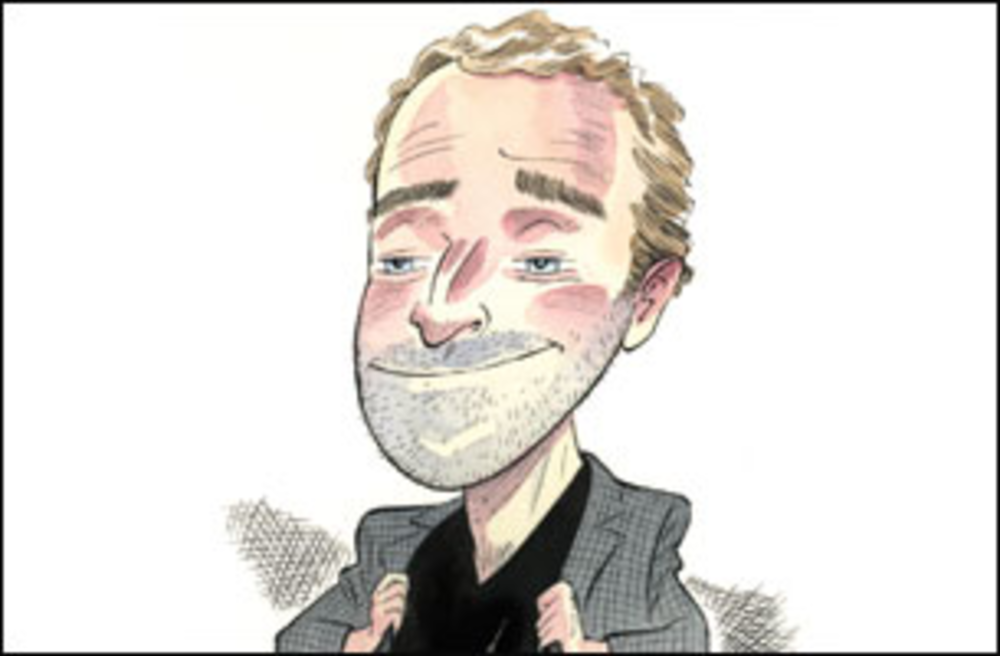If all goes as planned, by the time you read this I will have emerged, pale and squinting into the summer sun, from a windowless conference room tucked in the bowels of a bulky exhibition center hard by the Mediterranean Sea in Cannes, France. In that nondescript room, I will have spent the better part of five days judging the International Festival of Creativity‘s first-ever Branded Content & Entertainment Lions awards.
Being part of the jury to award the first Lions, as the Cannes awards are called, in this category means giving up many of the usual benefits of attending the festival, which in past years included exposure to new ways of thinking at packed seminars, sampling creative work from around the world and, I’ll admit it, sharing indulgent lunches with colleagues and clients on decadent afternoon yacht cruises. But jury service at Cannes is a great honor, especially for someone who has attended the show for more than a decade and has been around the branded content space for nearly about as long.
As with earlier expansions of the festival — it has grown over the years to include PR, design, promo, media and, yes, direct Lions — the addition of “branded content” represents not just a new revenue stream for organizers (and it is that), but a coming-of-age for a marketing discipline. It confirms that many of the world’s marketers have both recognized and legitimized the role of brand storytelling as an effective way to reach and influence audiences. This isn’t just a U.S. phenomenon. As with the international makeup of the judges at the John Caples International Awards, the 16-person Cannes jury included members from the U.K., France, Spain, India, China and Argentina.
In total, we judged more than 800 entries — a high tally for a new category and further proof of the widespread adoption of branded content.
As with any creative endeavor, much of the submitted work was mediocre. Some of it was just awful, while a few things really stood out for their originality and spark. The difficult part was making the differentiation between entertainment and marketing value.
I watched dozens of pieces of film that were slickly produced and brilliantly crafted, but had little or no connection to the business goals or positioning of the brands that funded them. For example, I still can’t figure out what sending a video podcaster on a trip around the world has to do with a milk-chocolate candy bar, but it looks like he had fun. So there’s that.
To avoid being distracted by high-production values, I employed a colleague’s simple advice: “Ask yourself whether this is something only this brand could have done.” It’s a question the creators of everything from TV commercials to direct mail pieces should keep front-of-mind.
Then there were those rare gems that take your breath away. One that tugged at my heart was a get-out-the-vote drive in Tunisia that involved the placement of a giant poster of ousted dictator Ben Ali in a public square. When shocked citizens tore it down, hidden cameras captured their reaction to a second poster underneath warning them that if they didn’t vote in the coming election, “Dictatorship can return.” The video went viral, and while polls had predicted only 55% of Tunisians would vote, in the end nearly 90% did.
Talk about the power of storytelling to connect people, engage emotions and influence actions. That piece alone was worthy compensation for a week in the jury room.
Miss Scott’s column last month about e-commerce? Check it out.







